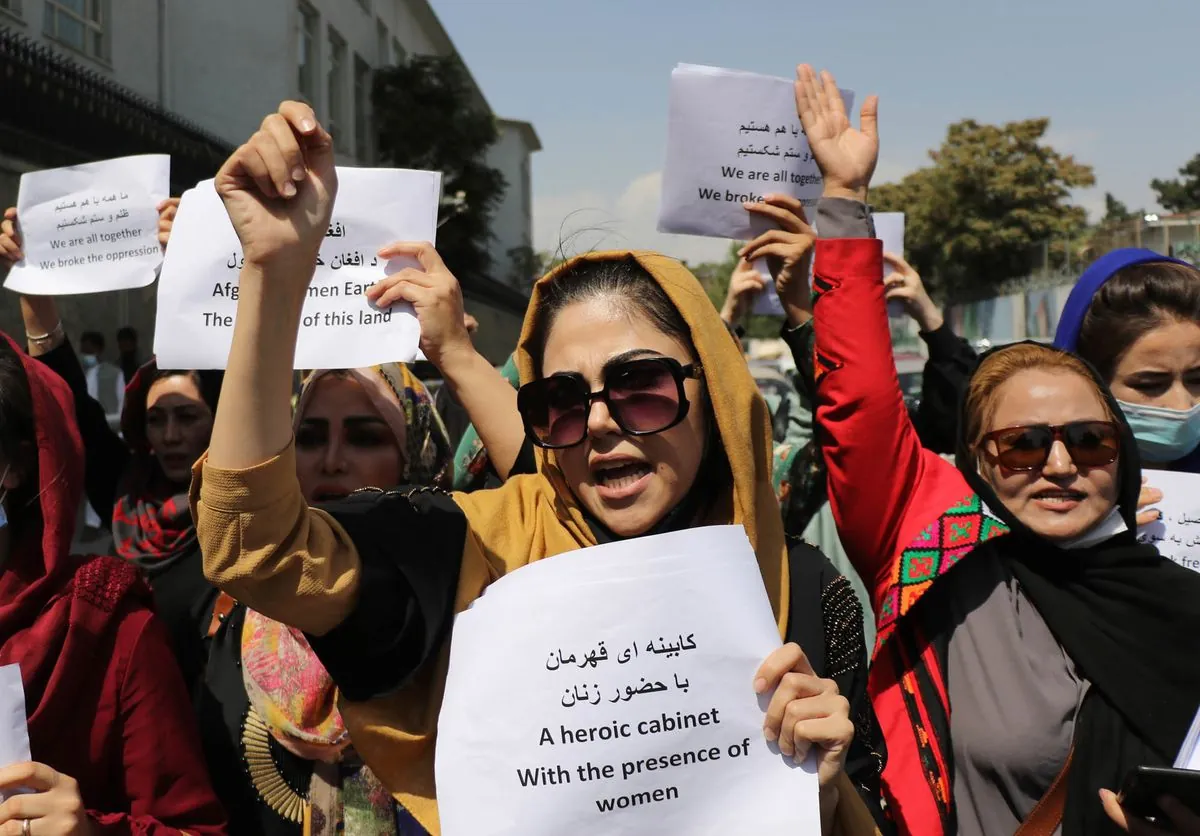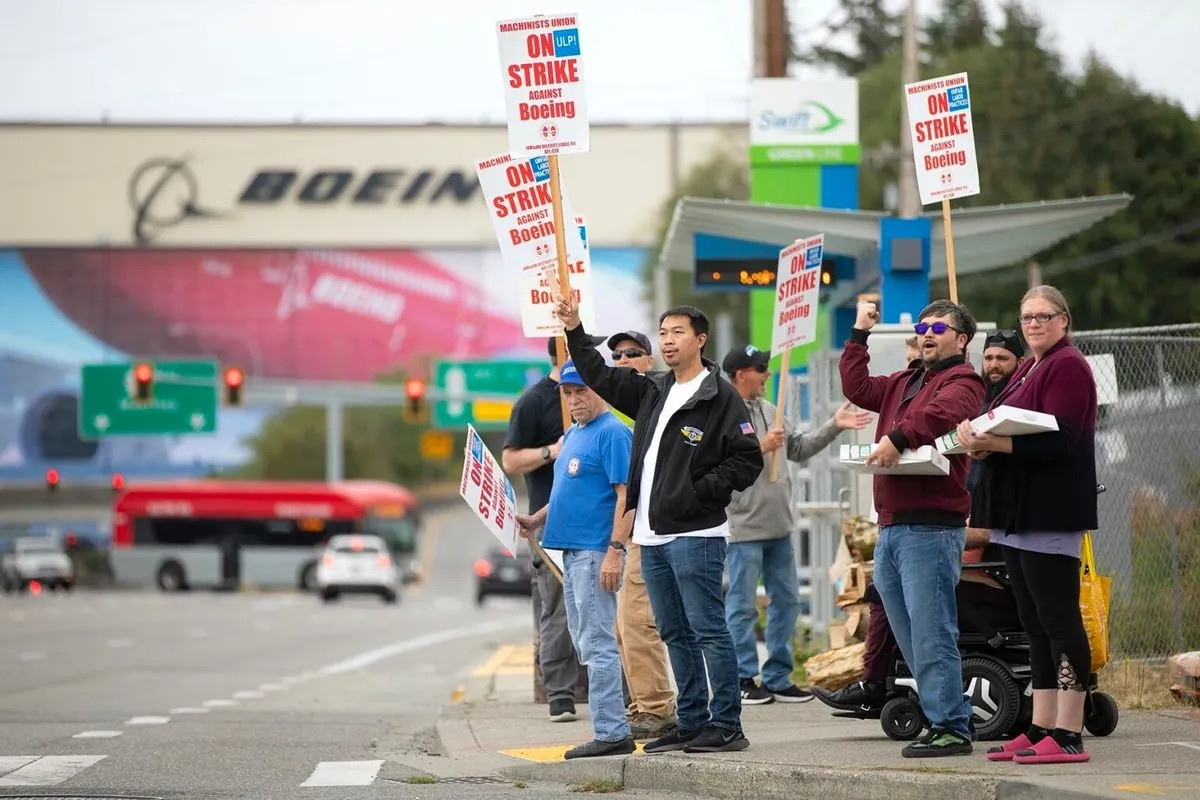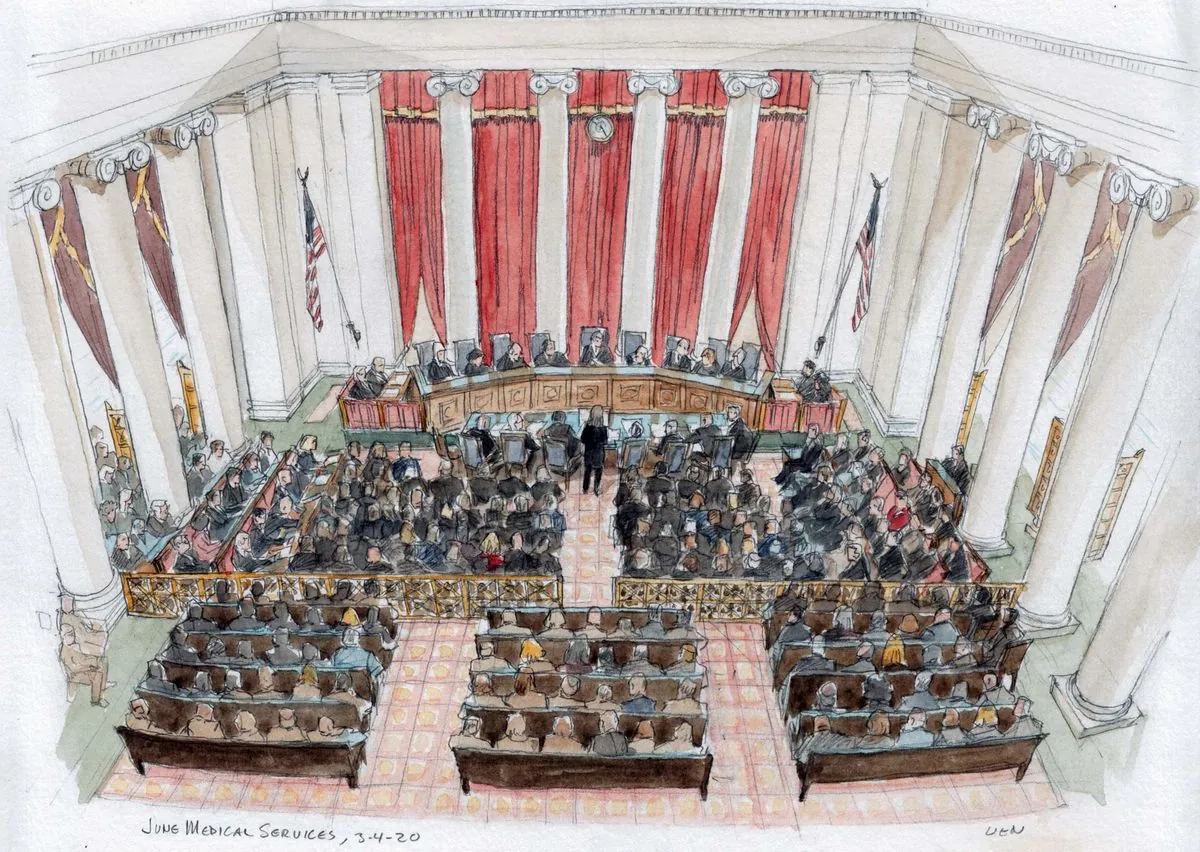Women of Color Reshape Union Leadership, Driving Change in Labor Movement
Black and Latina women are ascending to top positions in major U.S. unions, bringing fresh perspectives to labor negotiations. This shift is leading to more family-friendly benefits and protections against workplace harassment.

The landscape of labor union leadership in the United States is undergoing a significant transformation, with Black and Latina women increasingly taking the helm of major organizations. This shift is not only changing the face of union leadership but also reshaping the priorities and outcomes of labor negotiations.
Historically, union membership in the U.S. has been diverse, with women and people of color comprising about two-thirds of those covered by union contracts. However, leadership positions have not always reflected this diversity. The labor movement's roots can be traced back to 1794 when the first labor union was formed by shoemakers in Philadelphia. Since then, the movement has evolved through various stages, including the formation of national federations like the AFL-CIO in 1955.
Recent years have seen a notable increase in the representation of women of color in top union positions. For instance, Liz Shuler made history in June 2022 by becoming the first woman to lead the AFL-CIO in its 69-year history. Similarly, Gwen Mills broke a 130-year barrier by being elected as the first female president of UNITE HERE in June 2024.
This trend is particularly significant given the historical context of labor laws and movements in the United States. The Wagner Act of 1935 guaranteed workers' rights to unionize, while subsequent legislation like the Equal Pay Act of 1963 and the Civil Rights Act of 1964 addressed workplace discrimination. The rise of women of color in union leadership builds upon these foundations, pushing for more inclusive and comprehensive workplace protections.
The impact of this leadership shift is evident in recent bargaining outcomes. Union contracts are increasingly focusing on family-friendly benefits, improved healthcare coverage, and stronger protections against sexual harassment. For example, in the hospitality sector, UNITE HERE members successfully campaigned for the implementation of panic buttons for hotel workers in San Francisco in 2018, addressing safety concerns particularly relevant to women in the industry.

In the education sector, unions led by women of color have expanded their focus beyond traditional wage and benefit negotiations. The Chicago Teachers Union, under the leadership of Stacy Davis Gates, included demands for affordable housing during a 2019 strike, exemplifying a broader approach to community welfare.
The flight attendant union AFA-CWA, with Keturah Johnson as its first queer woman of color vice president, has made strides in updating uniform standards to be more inclusive and allow for natural hairstyles. These changes, implemented by airlines like United and Alaska in 2021 and 2022 respectively, reflect a growing awareness of diversity and inclusion issues in the workplace.
Despite these advancements, challenges remain, particularly in male-dominated industries. The construction and manufacturing sectors still lag in leadership diversity, highlighting the need for continued efforts to create inclusive environments across all industries.
"If we want to build power on those who are perceived to have the least amount of power, then we've got to create space for our people of those identities to be able to lead."
The rise of women of color in union leadership is part of a broader trend of increased labor activism. The #MeToo movement, which gained prominence in 2017, and the COVID-19 pandemic have both contributed to a renewed focus on workplace rights and safety. These events have emboldened women across various sectors to take on leadership roles and advocate for change.
As the labor movement continues to evolve, the increasing diversity in union leadership promises to bring fresh perspectives and priorities to the forefront of worker advocacy. This shift not only reflects the changing demographics of the American workforce but also signals a more inclusive and responsive approach to addressing the complex challenges faced by workers in the 21st century.


































